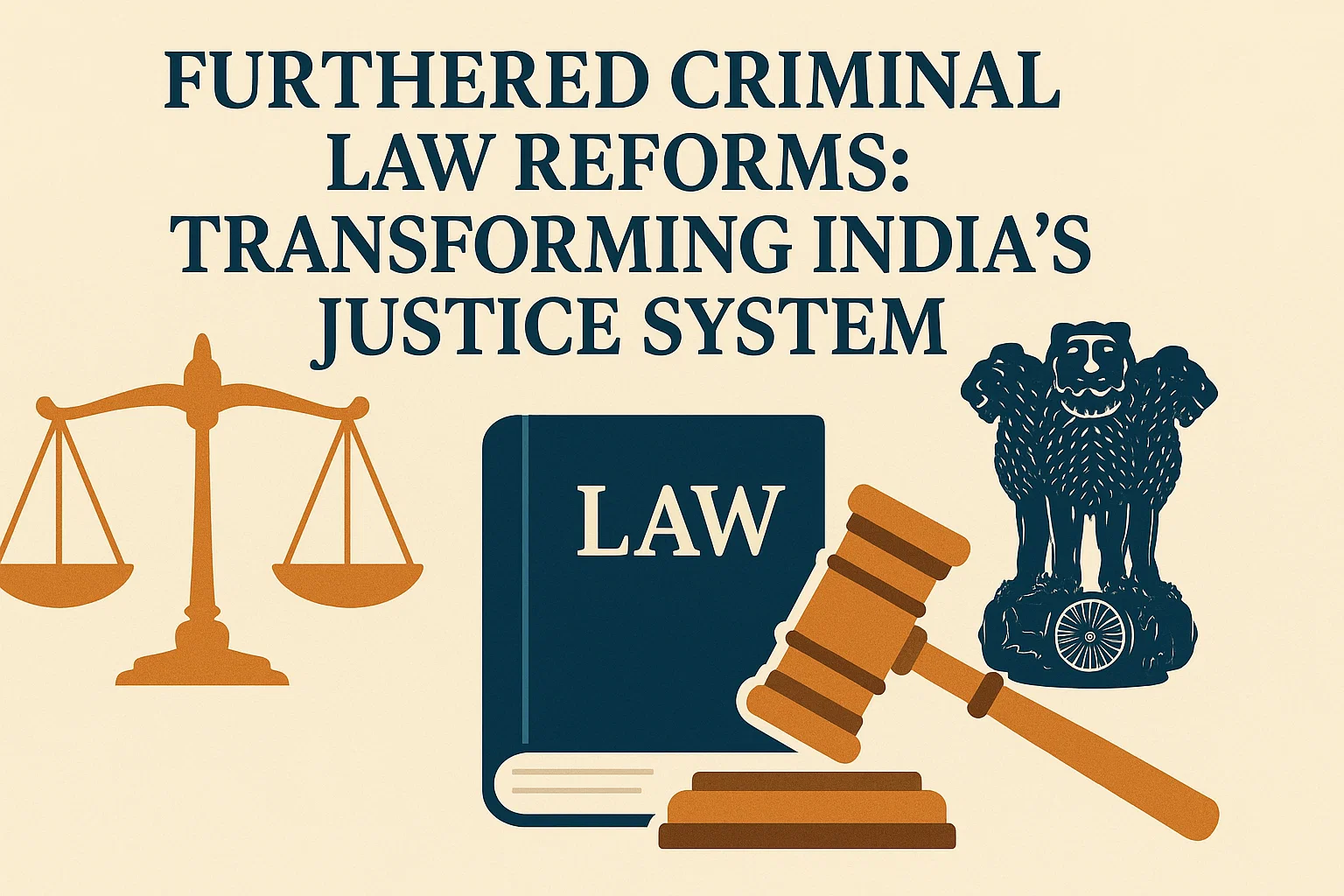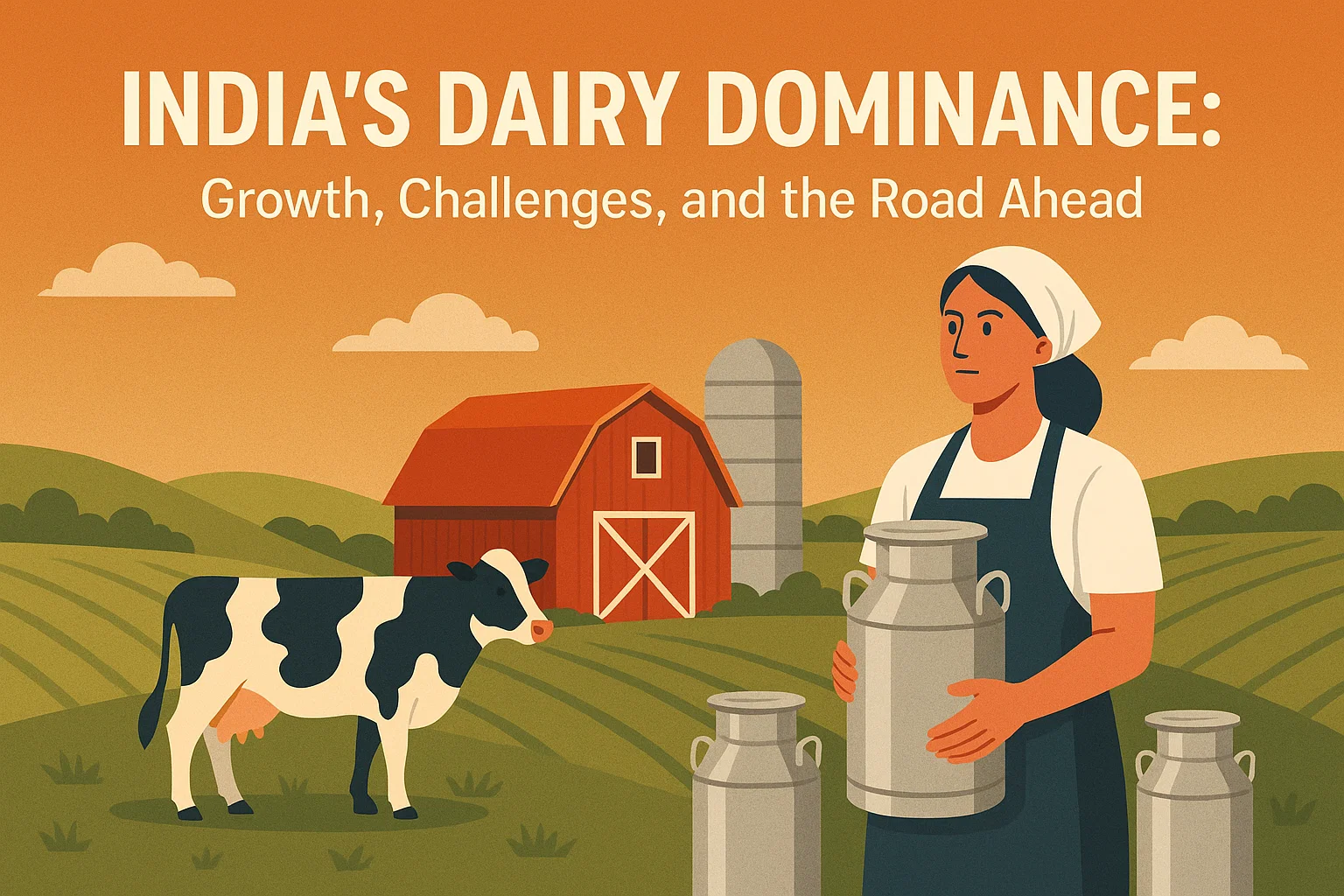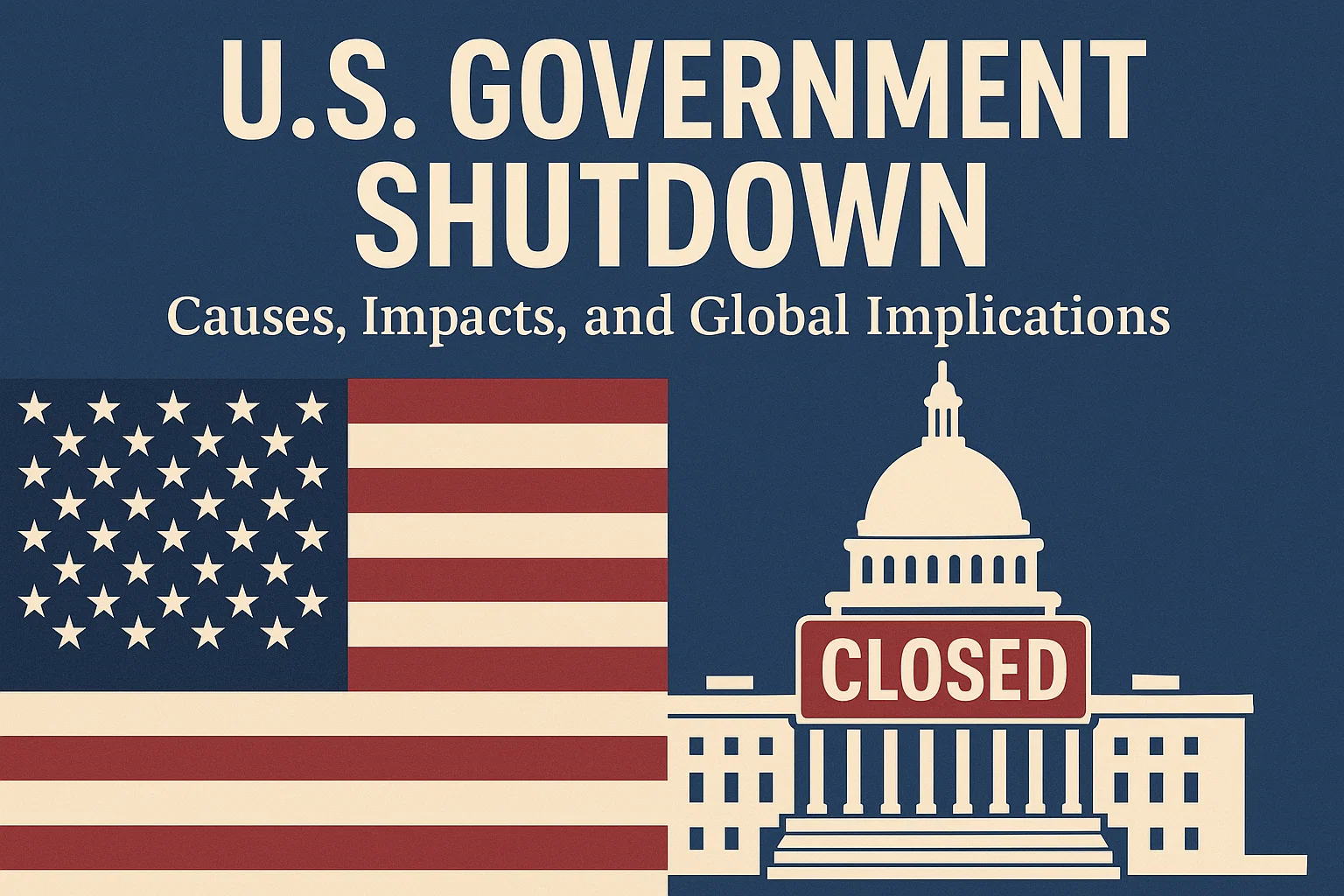How to Write a High-Scoring Essay for UPSC
Learn strategies to write a high-scoring UPSC essay — clarity, structure, and multi-dimensional analysis to excel in Mains 2025.

Introduction:
UPSC Mains 2025 Paper I (Essay) is going to be held soon, and aspirants are preparing to showcase not just knowledge but clarity of thought, balanced judgement, and analytical depth. The essay paper often becomes the make-or-break element of the exam. A well-structured, multi-dimensional essay can lift your overall score, while a weak one can pull it down. This guide explains how to approach essay writing with the right mindset, structure, and examples to maximise your performance in the upcoming examination.
The UPSC Civil Services essay paper is often described as the “make-or-break” element of the Mains Examination. While the General Studies papers measure your ability to recall facts and analyse specific issues, the essay paper tests something deeper — your capacity to think clearly, to examine an issue from many sides, and to present your ideas in a structured and persuasive manner. A good essay can give your score a significant boost; a poor one can undo the gains of your other papers. The encouraging truth is that you do not need to be a literary prodigy to excel here — what you need is clarity, structure, and a habit of multi-dimensional thinking.
Examiners’ Expectations
The UPSC examiner looks for traits that reflect the qualities of a future civil servant: clarity of thought, balanced judgement, empathy, and the ability to appreciate different perspectives. Your essay should show that you can approach a topic from political, economic, social, cultural, environmental, historical, ethical, and technological angles where relevant. This multi-dimensional approach does not mean stuffing the essay with disconnected points. It means weaving these dimensions together naturally, so your argument feels both complete and coherent.
For example, if the topic is “Education is the key to equality,” you could begin with the historical dimension, discussing how education reform shaped India’s freedom struggle; move to the social and economic dimensions, showing how education reduces poverty and inequality; touch on the political and governance aspects, such as policy frameworks; examine technological interventions like digital classrooms; and finally, consider the ethical dimension — the moral duty of ensuring equal opportunities for all. This rounded view convinces the examiner that you think like a policymaker, not a one-track debater.
Crafting a Strong Introduction
A high-scoring essay begins with an introduction that immediately shows understanding of the topic. Avoid overly dramatic but empty openings. Instead, set the context with a brief explanation of the key terms, followed by a thesis statement that sums up your central argument. This introduction should hint at the multiple dimensions you will explore in the essay, reassuring the examiner from the outset that your coverage will be balanced.
For instance, in an essay on “Water is the elixir of life,” you might open with a historical image of ancient civilisations flourishing along rivers, then connect it to present-day environmental concerns, and finally introduce your argument that water security is a political, economic, and moral necessity.
Developing the Body: Multi-Dimensional Depth
The body of your essay is where you show range and depth. Organise it in logical sections, each focusing on one main perspective but linked smoothly to the next. Start each paragraph with a clear topic sentence, then explain your point, give an example, and connect it back to your thesis.
The dimensions can include:
- Historical: How past events shaped the present issue.
- Political/Governance: The role of policies, laws, and institutions.
- Economic: Impacts on growth, employment, or trade.
- Social: Effects on communities, relationships, and equality.
- Cultural: Traditions, values, and identity factors.
- Environmental: Sustainability, conservation, and ecological consequences.
- Technological: Innovations that help or hinder the issue.
- Ethical: Moral obligations, justice, and fairness.
These dimensions should not feel like separate compartments; they must flow into one another. If you are writing about climate change, for example, you might move from historical patterns of industrialisation, to economic implications for agriculture, to social displacement, to political negotiations like the Paris Agreement, and then to technological solutions and ethical duties to future generations.
The Role of Examples and Evidence
Facts and examples bring life to your arguments, but they work best when tied directly to your point. Instead of listing every statistic you know, choose a few strong ones from varied dimensions. Historical illustrations — such as the Green Revolution for agriculture or the Chipko Movement for environmental activism — can be powerful, as can contemporary policy references and global comparisons. The goal is to make the examiner see the breadth of your thinking and the relevance of your evidence.
Ensuring Smooth Transitions
Multi-dimensionality can fall apart if the essay feels like a set of unrelated sections. Transition sentences are your glue. Phrases like “building on this economic impact” or “from an ethical standpoint” help guide the reader. This makes the essay feel like one coherent discussion rather than a patchwork of points.
Concluding with Vision and Balance
The conclusion is not a repetition of the introduction; it is your chance to look forward. Summarise your central points briefly, but focus more on what should happen next. Offer a vision that is inclusive and constructive. In a multi-dimensional essay, the conclusion can tie all perspectives together, showing how each contributes to a complete solution.
For example, if your essay on women’s empowerment explored historical struggles, legal reforms, economic benefits, and cultural change, your conclusion might call for coordinated action across governance, education, and societal attitudes to realise the constitutional promise of equality.
Preparation for Multi-Dimensional Thinking
Becoming fluent in this style requires preparation. Read widely — not just newspapers, but also history, policy analysis, science updates, and ethical debates. When you encounter an issue, ask yourself: What are its political, economic, social, cultural, environmental, historical, technological, and ethical angles? Over time, this becomes instinctive.
Create a “dimension bank” in your notes: for each theme, collect 2–3 examples, a relevant quote, and one key statistic. This way, in the exam, you can quickly draw from your memory to fill different sections of your essay.
Choosing the Right Topic in the Exam Hall
In the paper, choose the topic you can examine from the greatest number of angles, not just the one that feels familiar. A topic that allows for historical depth, current affairs relevance, and moral reflection gives you more space to demonstrate multi-dimensionality. Spend the first few minutes sketching an outline, placing your points into different dimensions, and then arrange them logically before you begin writing.
Language, Style, and Presentation
While content is king, style shapes the examiner’s experience. Use British English spellings, maintain a formal yet readable tone, and avoid slang or jargon. Vary sentence length to keep rhythm, and use paragraph breaks generously. Multi-dimensional essays benefit from clear signposting, so the examiner sees your shifts in perspective as intentional and organised.
Presentation matters too: neat handwriting, visible paragraph breaks, and occasional underlining for emphasis can all make your essay more inviting to read.
Thinking Like a Civil Servant
A civil servant’s mindset is broad, fair, and empathetic. In your essay, this means acknowledging opposing views, avoiding extreme positions, and grounding arguments in constitutional values. Whether you are discussing economic reforms or environmental policy, show that you understand trade-offs and long-term consequences. This mindset naturally supports multi-dimensional thinking, as it requires you to weigh all angles before forming a judgement.
Avoiding Common Pitfalls
Some essays fail because they are one-dimensional — for example, treating a governance topic only as a political debate or approaching a philosophical question purely as a moral sermon. Others collapse into a string of unlinked facts. A few are too personal and ignore broader implications. These pitfalls can be avoided by planning your dimensions in advance and sticking to your structure.
Final Thoughts
Writing a high-scoring UPSC essay is like designing a well-built bridge: it connects different points of view into a single, strong structure. Multi-dimensionality is not just a technique; it is a habit of thought that shows maturity, empathy, and leadership potential. By preparing your mind to see every topic from multiple perspectives — and by expressing these clearly, logically, and with relevant examples — you can turn the essay paper from a challenge into an opportunity. The examiner is not looking for poetic brilliance, but for a thinker who can balance facts with values, history with vision, and detail with clarity. If you train in this approach, your essay will not just score well — it will stand out.
Subscribe to our Youtube Channel for more Valuable Content – TheStudyias
Download the App to Subscribe to our Courses – Thestudyias
The Source’s Authority and Ownership of the Article is Claimed By THE STUDY IAS BY MANIKANT SINGH



